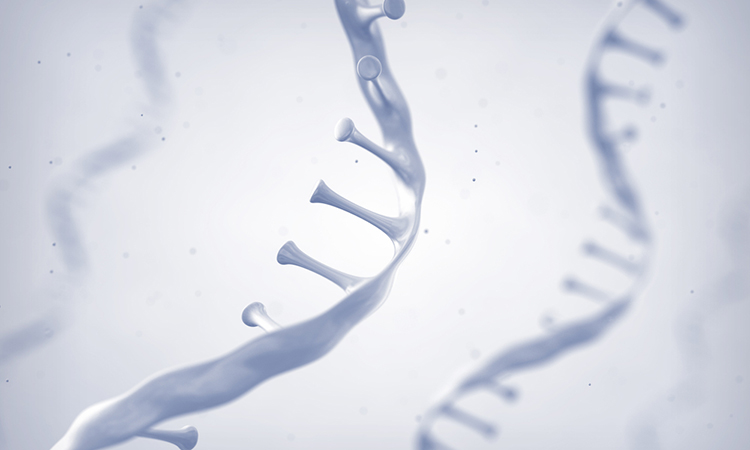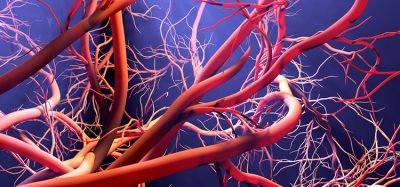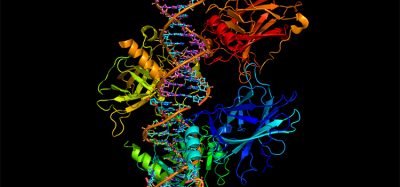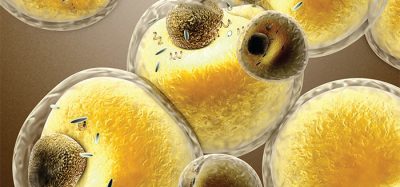Screening technique could accelerate and improve mRNA therapies
Posted: 20 July 2022 | Victoria Rees (Drug Target Review) | No comments yet
A new single-cell nanoparticle targeting-sequencing approach can measure the cellular uptake of lipid nanoparticles carrying mRNA therapies.

A team of researchers at the Georgia Institute of Technology and Emory University’s School of Medicine, both US, has taken a step towards improving the development of lipid nanoparticles (LNPs) for the delivery of messenger RNA (mRNA).
As reported in Nature Nanotechnology, the researchers developed a system to make pre-clinical nanoparticle studies more predictive. Their discoveries already are influencing the direction of research in this growing, competitive field.
“I am very excited about this study and anticipate shifting most of our future projects to this methodology,” said Associate Professor James Dahlman, one of the lead researchers from the study.
To speed up the process of testing the effectiveness of LNPs, Dahlman’s team developed a technique called DNA barcoding. In this process, researchers insert a snippet of DNA that corresponds to a given LNP. The LNPs are then injected and cells are subsequently examined for the presence of the “barcodes” using genetic sequencing. The system identifies which barcodes have reached which specific targets, highlighting the most promising nanoparticles. Since many DNA sequences can be read at once, the barcoding process allows many experiments to be performed simultaneously, thereby accelerating the discovery of effective lipid nanoparticle carriers.
DNA barcoding has significantly improved the nanoparticle pre-clinical screening process. However, there is still a significant barrier impacting drug delivery. According to the researchers, cells previously thought to be homogeneous are composed of distinct and varied cell subsets. This chemical and genetic heterogeneity has a powerful influence on how well LNPs can deliver mRNA therapies into cells.
“Cells do not have just one protein that defines them — they are complicated,” Dahlman said. “They can be defined by a combination of things and if we are being honest, they are best defined by all the genes they do, or do not, express.”
To test their hypothesis, the researchers developed a new tool to measure all of these things at once. Their multiomic nanoparticle delivery system is called single-cell nanoparticle targeting-sequencing (SENT-seq).
Using SENT-seq, the researchers were able to quantify how LNPs deliver DNA barcodes and mRNA into cells, the subsequent protein production facilitated by the mRNA drug, as well as the identity of the cell, in thousands of individual cells.
The team say this multiomics approach could represent an important leap forward for high-throughput LNP discovery. The SENT-seq technique allowed the team to identify cell subtypes that demonstrate particularly high or low nanoparticle uptake, and the genes associated with those subtypes.
In addition to testing the efficacy of a drug and how certain cell subtypes react to nanoparticles, they also identify which genes are involved in the successful uptake of LNPs.
“The data suggests that these different cell subsets have distinct responses to nanoparticles that influence how well an mRNA therapy works,” Dahlman said. “There is still a lot of work to be done, but we think the ability to simultaneously read out high-throughput nanoparticle delivery and the cellular response to nanoparticles will lead to better mRNA therapies.”
Related topics
Drug Delivery, Lipidomics, Lipids, Nanomedicine, Nanoparticles, RNAs, Screening
Related organisations
Emory University, Georgia Institute of Technology
Related people
Associate Professor James Dahlman







